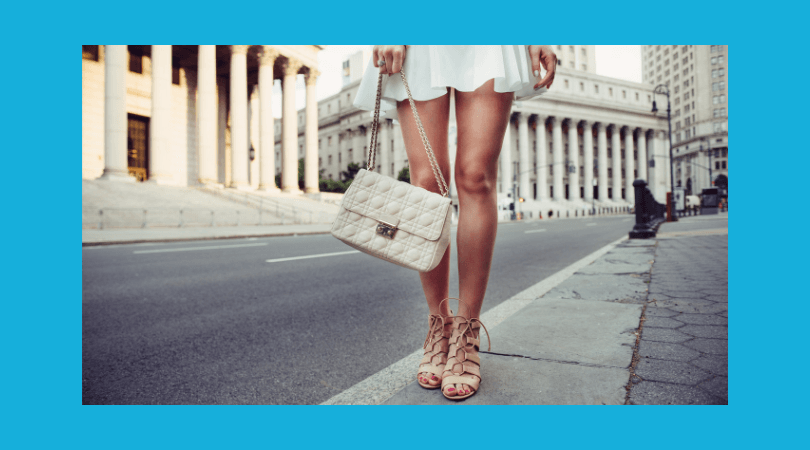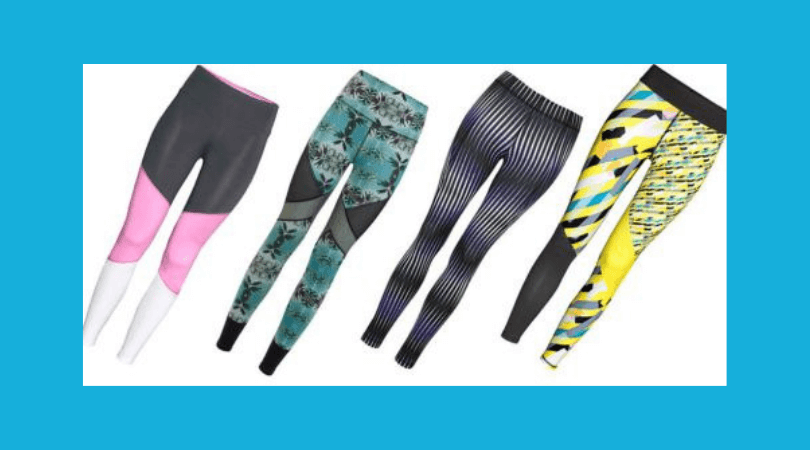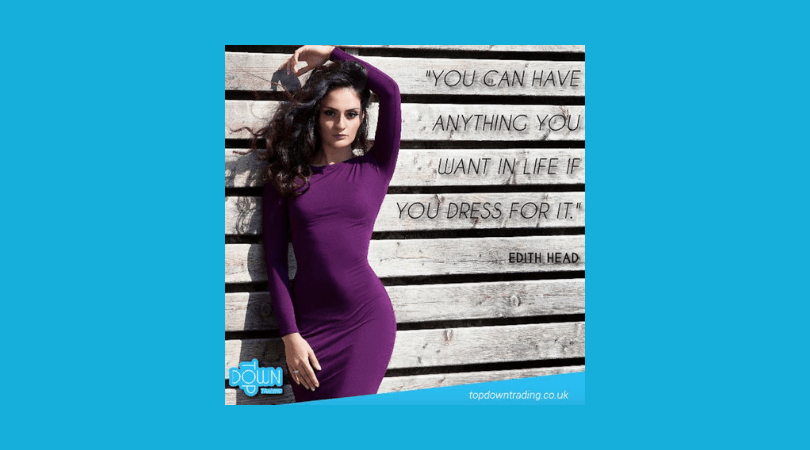When I was 14 or so, there was no greater thrill than a trip to Topshop’s Oxford Circus flagship. It was a gleaming fashion palace, filled to the brim with affordable delights.
Life in there felt fantastic and by extension, anything I bought added sparkle (literally sometimes, a standout purchase being a pair of iridescent turquoise heels) to my Home Counties teen wardrobe.
The Reason
Later, at university, I danced through an all-nighter then made my way to the local Topshop branch to be first in line for its Kate Moss collection.
For anyone who ever shops for anything other than pure practicality (and who of us can truly make such a claim?), it’s this verve which a brand must inspire to keep us interested. That magic which you just really want to be a part of.
Today, that comes for consumers in so many guises- the rush of dressing like your favourite Love Island contestant courtesy of Missguided, the dopamine hit of racing around Primark’s new Birmingham behemoth- now the world’s biggest clothing store picking up bargain after bargain for yourself and your family.
The pure bliss of entering minimalist haven Cos to acquire the ultimate architect-esque necklace or nipping into Zara and finding that the catwalk trend you fell in love with but thought you could never afford can now be yours for £39.99.
Note that none of the Arcadia brands gets a look-in in this snapshot of shops that create a high street high today, despite them all having once sought to cater to these demographics. So it is little surprise that Sir Philip Green’s empire is in crisis, looking to close 23 stores and slash rents on its remaining shops by up to 70 percent.
A severe lack of investment has been blamed on the declining fortunes of Topshop, Dorothy Perkins, Miss Selfridge, Wallis et al. And you need only walk into a shop to feel the effects; everything seems dreary and most of the clothes miss the mark of what women want to wear now.
Take Evans. Once a saviour for plus-size women, it now seems irrelevant alongside brands like Simply Be or ASOS Curve which has embraced the body positivity movement, creating clothes to make women feel good rather than ashamed. ‘Simply Be Free, Fierce and Fearless’ reads Simply Be’s Instagram bio while Evans’ is a rather dull ‘Discover on-trend fashion designed to fit and flatter’.
Miss Selfridge could have evolved to be a purveyor of fast fashion glam quick fixes to rival Boohoo, but now it has zero fashion relevance and its flagship on Oxford Street is closing in July. And we’ve barely heard a peep from Dorothy Perkins since it launched the Kardashian Kollection in 2012, later passing it along to Lipsy.
Topshop managed to punch far above its weight as the beating heart of the British fashion industry for over a decade thanks to its sponsorship of the NEWGEN young designer initiative and the buzzing catwalk space it hosted at London Fashion Week, with supermodels like Cara Delevingne and Gigi Hadid starring in its campaigns but that all came to a quiet end in 2017.
It’s not just that Arcadia’s stores have been allowed to shrivel away from the spotlight but also that the competition has become so much slicker.
H&M, arguably Arcadia’s Swedish equivalent, has relished the chance to snaffle up customers of every age and taste persuasion with its slew of new brands which now line a block of Regent Street; Gen Zs love Monki’s Scandi street look, the Instagram generation adores And Other Stories’ ageless mix of photo-ready dresses and accessories in a cacti-scattered setting, pictures of Kendall Jenner wearing the first tulle confection from the Giambattista Valli x H&M collection at Cannes went viral last month and today its Arket which gives me the kick I once got at Topshop thanks to its clever website, pieces which look far more expensive than they really are and the timeless feel of the designs.
Instagram has radically altered the fashion landscape; small new brands are flourishing and we’re as likely to get that shopping buzz from a photo as we scroll as from walking into a shop.





